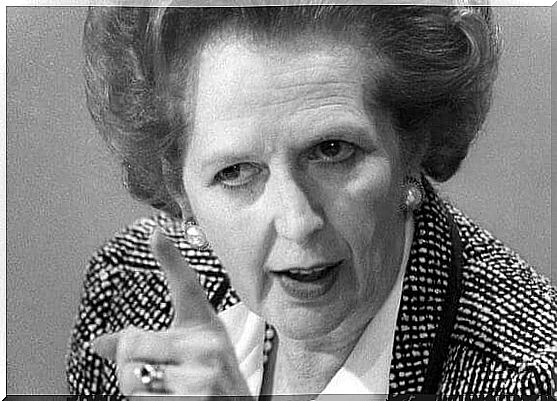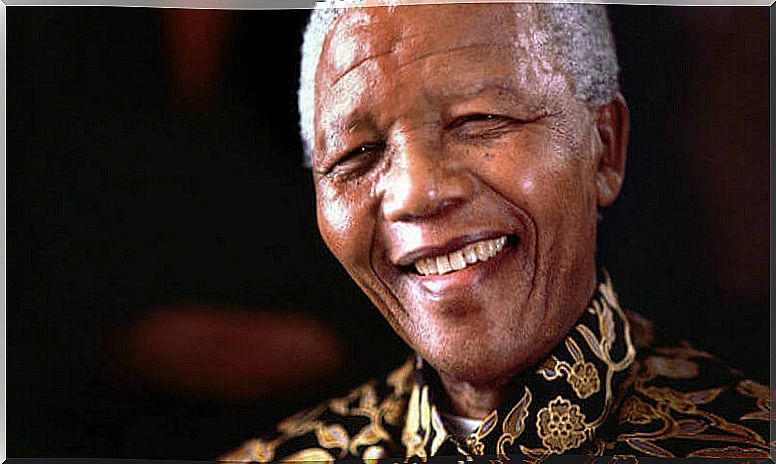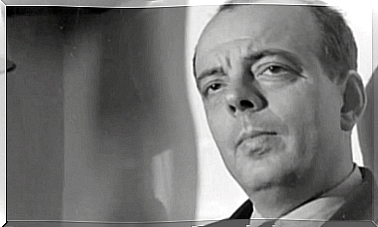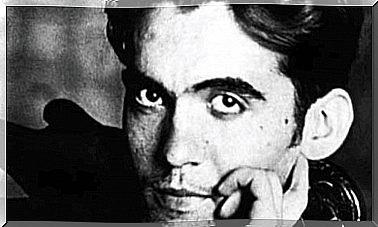5 Types Of Leadership Considered By Group Psychology

We all know one or more people who seem to have been born with a special gift; that of knowing how to direct, organize, send, order, innovate, motivate or direct the actions of others.
We could talk about dozens of functions that would conform different types of leadership, however it would be easier to review the characteristics of each.
First of all, it is important to specify that the different types of leadership are based on several pillars that can be easily identified, such as the development of certain social capacities or the capacity to show empathy towards others without being overwhelmed. this does not affect the objectives pursued by the group.
During your life, you have probably had to hang out with one or more people corresponding to this profile.
Maybe you were even that person. But be careful: let’s not fall into common nonsense, since there are two aspects that we must not forget when it comes to leadership.

Aspects common to all types of leadership
There are therefore two points to consider before being able to qualify a person as a leader, regardless of the type of act he carries out:
- On the one hand, all the leaders or all the people proposing to be it are not always the most able to embody this role.
- On the other hand, it is evident that there are more people who consider themselves touched by the baton of leadership than there are people who really are.
Touched by a wand? In fact, it’s more complicated than that, more complicated than magic, or talking about an ability that our genetics can have a big influence on.
In the context of this brief introduction, we have left aside a certainty that cannot be avoided if we want to deepen and deepen our reasoning.
A person who turns out to be a good leader for a specific group (and who therefore presents certain very specific characteristics as well as objectives to be achieved) will not necessarily be a good leader for another group.
And that is something that team sports do not allow to discover.

Often coaches are fired for not having properly oriented the group they are leading, and not so much for failing to instill in the group members the technical aspects of the sport they teach.
The problem is, the same recipe doesn’t always work in all groups.
5 types of leadership considered by group psychology
In the field of psychology, the word “leadership” is associated with a name and an experience: that carried out by Kurt Lewin during the Second World War, a period during which we witness the rise to power of various capable dictators. to get a large number of people to believe in their project, whether it is correct or not.
But a question remains: for a new leader to emerge, there must be a power vacuum, or a strong questioning of already established power.

To stay in the historical field, one can also underline the interest in the study of the leadership which was initially manifested in the military and political hierarchy and then spread to other fields, such as for example education, sport (as is the case in the example previously presented in this article), or even the business.
In other words, the question of leadership in all its forms as well as its influence on the productive aspect is a question which is henceforth of universal importance.
Unfortunately, there is not just one classification of the different types of leadership.
We have therefore chosen to present to you the most practical classification and the most recognized of all by the field of group psychology.
This classification highlights five types of leadership, two more than those initially established by Kurt Lewin.
1. Delegative leadership (laissez-faire)
Delegative leadership is an invisible leader, a kind of manager whose objective is to distribute the various tasks to be performed.
This type of leadership is particularly effective in groups of qualified and motivated people just waiting for someone to show them the way to go.
In other words, the delegative leader is the one who tries to make the directives a link or a channel of communication with the rest of the group members.
The danger that the implementation of such leadership can pose is the leader’s non-intervention in situations where intervention would be necessary.
The delegative leader is a leader who sins by default, which is why a destabilizing element can easily cause him to lose control of the situation. Gandalf, for example, is a good example of delegative leadership.

2. Autocratic leadership
Unlike the previous leader type, the autocratic leader is interventionist.
The bond between the autocratic leader and the rest of the group is unidirectional, as the leader gives directions, but does not care about any feedback from the group about those directions.
On the other hand, generally, he is a leader who controls a lot, and who is ideal in a group whose members are motivated, but who feed many doubts as to how they can accomplish the tasks that they want. ‘we entrusted them.
The danger that such a leader can pose is that he can come to demotivate the members of a group yet prepared, pushing them to fall over the precipice once they have decided, without really knowing it, to go there.
Finally, most of the time, the autocratic leader nurtures a feeling of superiority over the people he leads, a contamination that can make the previously described whistleblower much more dangerous.
Margaret Tatcher is a historic example of an autocratic leader.

3. Democratic leadership
As you might have guessed, this type of leadership justifies a lot of Western political systems.
The democratic leader tries to promote communicative bi-directionality as much as possible.
He leads, of course, but he does not forget the importance of being sensitive to the balance sheet brought to him by the group in the face of the decisions that he can take.
Moreover, what characterizes democratic leadership is this tendency to permanent consultation.
The democratic leader is ideal in a group that is prepared, but which is not characterized by overwhelming motivation.
For the members of the group, the fact of feeling listened to can be the most effective solution to overcome this defect, thus increasing appreciably their interest, whether it is for the procedures or for the objectives to be achieved.
Nelson Mandela is, in history, a good example of a democratic leader.

4. Transactional leadership
Transactional leadership is goal-focused. The leader acquires the role of guardian of the motivation of the group. It grants rewards or imposes punishments depending on the situation.
This type of leader, so skillful in his task, is good for long and boring processes where the group cannot and cannot easily find an intrinsic motivation (associated with the task itself) for the goal to be achieved.
Thus, will be a good transactional leader one who focuses on distribution and succeeds in doing so effectively.
The danger of this type of leadership lies in what surrounds the objective, such as the environment in the group itself, which often remains affected by competitiveness in the face of possible rewards (climbs, vacations, flexibility, etc.).

5. Transformational leadership
The goal of the transformational leader is group motivation. Its intention is that the group achieves its objectives, certainly, but without neglecting the other objectives.
These side ends can be very different and varied: the acquisition of skills by the members of the group, the climate generated within the group, etc.
This type of leader is particularly effective when it comes to leading a group that does not have a high degree of knowledge or motivation and in which the pressure to achieve the main objectives is not great.

As we have just seen, the types of leadership considered since the study in group psychology constitute well-defined profiles.
However, when managing and leading a group, not all leaders always behave in a unique way; in fact, diversity is the norm.









